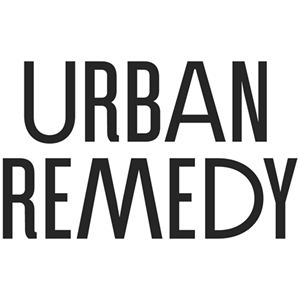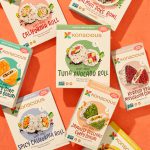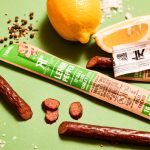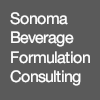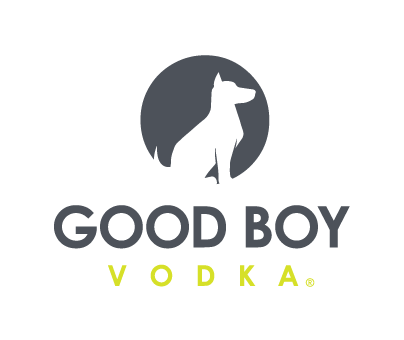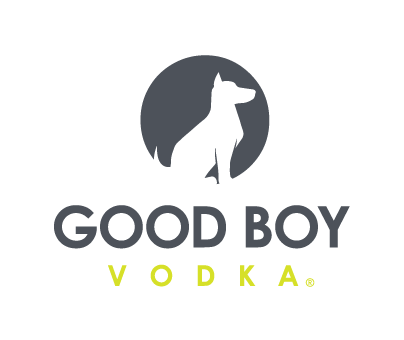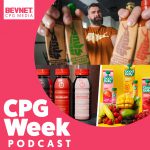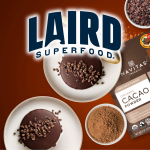Following ‘Retooling’ and Expansion, Urban Remedy Raises $18M
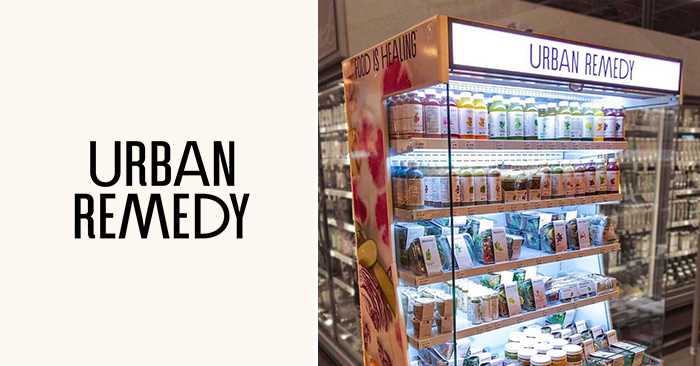
Banking on increased trips out and about as COVID recedes, ultra-fresh meal, snack and beverage producer Urban Remedy is doubling down on a strategy to grow sales via its branded kiosks. It’s a move that CEO Paul Coletta says allows the company to achieve better margins, grow faster with less capital investment and puts the company on “path to profitability.” To support this strategy, the company last week announced it had raised an additional $18 million in funding.
The round was led by investment firm Manna Tree with existing partners Builders Fund and Obvious Ventures also taking part. The company had previously raised over $20 million from investors including General Mill’s venture arm 301 Inc and Beechwood capital. The capital will go towards adding more points of sale, marketing efforts and adding more staff to the company.
In addition to its direct-to-consumer offerings, Urban Remedy also operates storefronts in California. The company, which was founded in 2009, added kiosks (essentially large, branded, refrigerators) in California Whole Foods Markets in 2018, then expanded to New York City stores in 2019.
Investing in the kiosk model was always part of the plan, Coletta said, because “it allows us to extend our reach faster in a capital-light way.” The inventory in the kiosk is sold via a consignment model, with the retailer simply taking a percentage of sales at the register. Rather than a big team and a long-term lease, the company’s employees simply stock the kiosk.
Regardless of format, the company believes it has to scale up: without a high sales volume, the model of selling ultra-fresh offerings simply isn’t profitable. It’s a lesson the company has learned over the past year, in particular.
At the start of the Covid-19 pandemic, consumers were trying to minimize shopping trips, stocking up via larger orders and shopping less frequently. Because Urban Remedy’s food products generally have less than 10 days of shelf life, it didn’t lend itself to these new shopping habits, and sales dropped.
“COVID was either really good to you as a food company or it was really challenging. If you were in the processed food business or pure D2C, COVID was a boon to your business,” Coletta said. “It was very challenging for companies like Urban Remedy that were ultra fresh with a short shelf life that didn’t participate in the pantry loading.”

Though the company has a D2C business, it’s limited: products need to be shipped via next day delivery with cold chain shipping, making them prohibitively expensive. More importantly, once you factor in the cost of customer acquisition, it’s a lower margin channel than the kiosks, Coletta said. So while the D2C business more than doubled during the pandemic, it’s still the smallest segment of the business.
“For now, we need to focus on things that have a path to profitability,” Coletta said. “In the future, when we have more scale, we will put more attention on D2C.”
Instead, the company turned to geographic expansion. In March 2020 Urban Remedy’s products were sold in kiosks in 10 states; now, that number has grown to 21 including, most recently, the addition of Florida, Colorado, Idaho and the Pacific Northwest. Once only found in Whole Foods, the branded refrigerators — or in some cases larger, branded, in-line retail sets — have expanded to more diverse locations, such as 13 Safeway locations, hospitals, offices and college campuses.
While the expansion helped sales trend upwards (despite same-store comps being down), it brought about its own suite of problems — and the back end of the business needed to be “retooled,” Coletta said. Shipping products from the company’s California commissary was no longer a feasible strategy given their short shelf life, so over the last year, Urban Remedy has set up relationships with eight co-packers across the country, each focusing on a different product type. Currently 50% of the company’s products are now co-packed.
To complement the new co-manufacturing strategy, the company has also made other investments, he said, into packaging and demand planning systems. The adoption of atmospheric packaging, for example, added 50% longer shelf life to some of its meals. Wasted products and ingredients have also been minimized, he added, both by purchasing an ERP system, and simply by having more locations in which to sell products.
“Obviously our number one business challenge has always been managing waste with a short shelf life, ultra-fresh portfolio,” Coletta said. “[But] scale helps. The faster the velocities and more locations we’re in, the better we can manage waste, and that remains still our biggest opportunity for managing gross margin.”

The evolution will also continue over to the company’s product mix. Though there was some product rationalization over the last year, the company is still looking to debut new products. The biggest launch will be a new heat-and-eat line of grain and noodle bowls in the fourth quarter. Increasingly consumers have been asking for more dinner options, Coletta said, and a more filling, warm option was needed to tackle this day part.
The company also plans to launch more nutrition bars. Despite the overall bar category having suffered during 2020 and early 2021, Coletta said for Urban Remedy the segment is growing faster than any other category. He attributed the growth to having “a strong point of difference” — namely that Urban Remedy’s are ultra-fresh and perishable.
While the brand initially began with a strong focus on beverages, that segment only represents roughly 40% of sales now. The product line is still important to revenue, Coletta said. Over the past year Urban Remedy expanded its co-packing relationship with Whole Foods, and it now produces the retailer’s cold pressed juice line for a majority of regions.
“We’re a food business that does great cold pressed juice, not the other way around,” he said.”I believe that the ultra fresh clean food business is more underserved than great, cold pressed juice. [In food,] we see the ability to have a stronger point of difference, and we see the consumer needs much more pronounced.”
Though it’s still relatively early days for the new kiosks and systems, Coletta said there’s a lot to be positive about. For example, while sales per kiosk are still lower than they were pre-pandemic due to a reduction in store traffic, he added that “we’re coming back fast, and faster than the overall traffic to our grocery partners.” Another good sign, Coletta said, is that the unit economics for every kiosk that has been open more than one year are profitable as well. Taken together, the move to co-packing, investment in back end systems and production rationalization has resulted in a “dramatic improvement in gross margin, post COVID,” he said.
Looking forward Urban Remedy will focus on expanding the kiosks into new channels in existing markets, Coletta said.
Once the company has even stronger brand awareness — which should help lower customer acquisition costs — Coletta hopes to invest more into the D2C channel. Meanwhile, the increase in the ways that products can reach consumers could help out: delivery platforms such as Prime Now, which currently accounts for 20% of all sales from Whole Foods Market, can also offer consumers a more convenient solution and are an easier first step. The company is also experimenting with opening ghost kitchens in New York City, a move that could allow it to take advantage of services such as Uber Eats, Doordash, and Grubhub as it already does in California.
“We understand that consumers are looking for even more convenience….this is a product that was made for delivery: completely prepackaged and ready to drink or ready to eat,” Coletta said. “The delivery trend is only helping us.”
